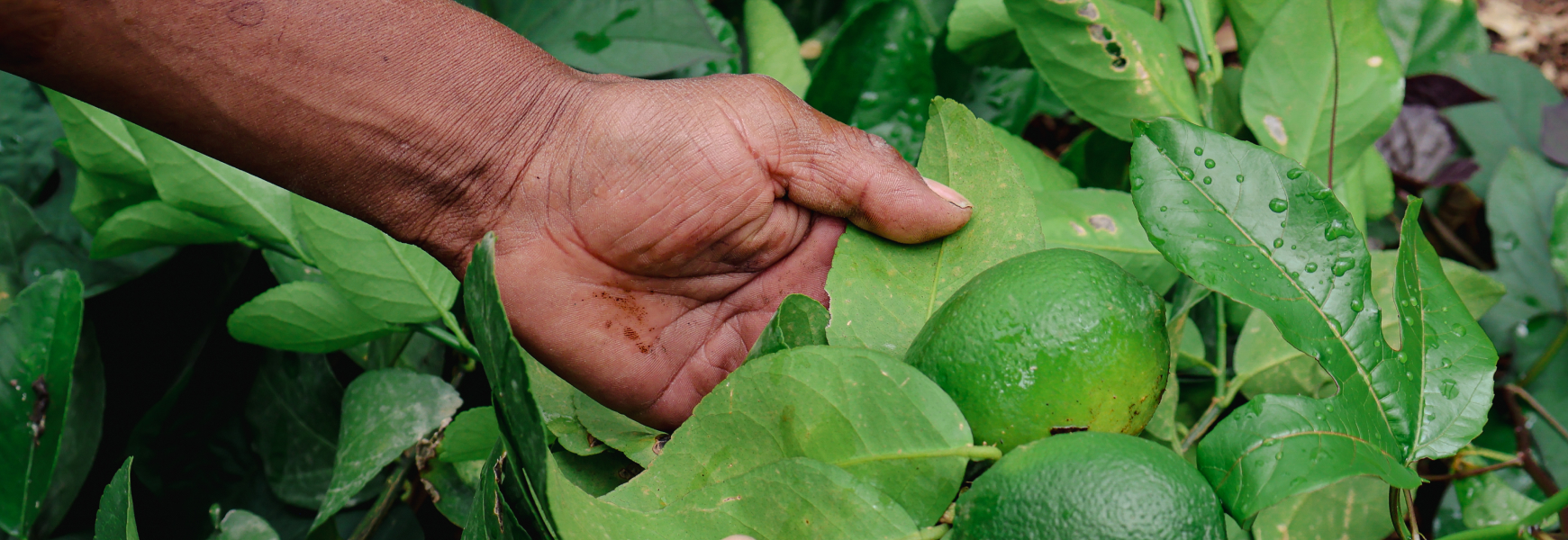Imagining an Agroecological Future: Pathways & Blockers
Vast fields of uniform crops have long defined our agricultural landscapes—a familiar promise of endless abundance. This is the image many of us have known for decades, so ingrained in our way of life that shifting to a different model seems inconceivable.
Today, the cracks in this system are undeniable: drought and extreme heat burning hectares of land. Unforeseen frosts and storms disturbing seasons’ rhythm and wreaking havoc on plants’ growing cycles. Fruits and vegetables that once nourished our bodies, now poisoning our rivers and children. Trees dying, entire species of birds vanishing. Once hailed as the key to feeding the world, industrial agriculture is now exposed as a fragile and destructive model, fueling hunger, poverty, and climate change.
Yet, despite mounting evidence, policymakers and agribusinesses continue to push monocultures, chemical inputs, and high-tech solutions as the only viable path forward. Across the world, however, a different vision is taking root—one where farmers work with nature instead of against it. This is the promise of agroecology.
How feasible is a large-scale shift to agroecology? Can it feed Western countries? And what obstacles stand in the way? This article intends to provide answers to these questions, all while acknowledging the bumpy road ahead.
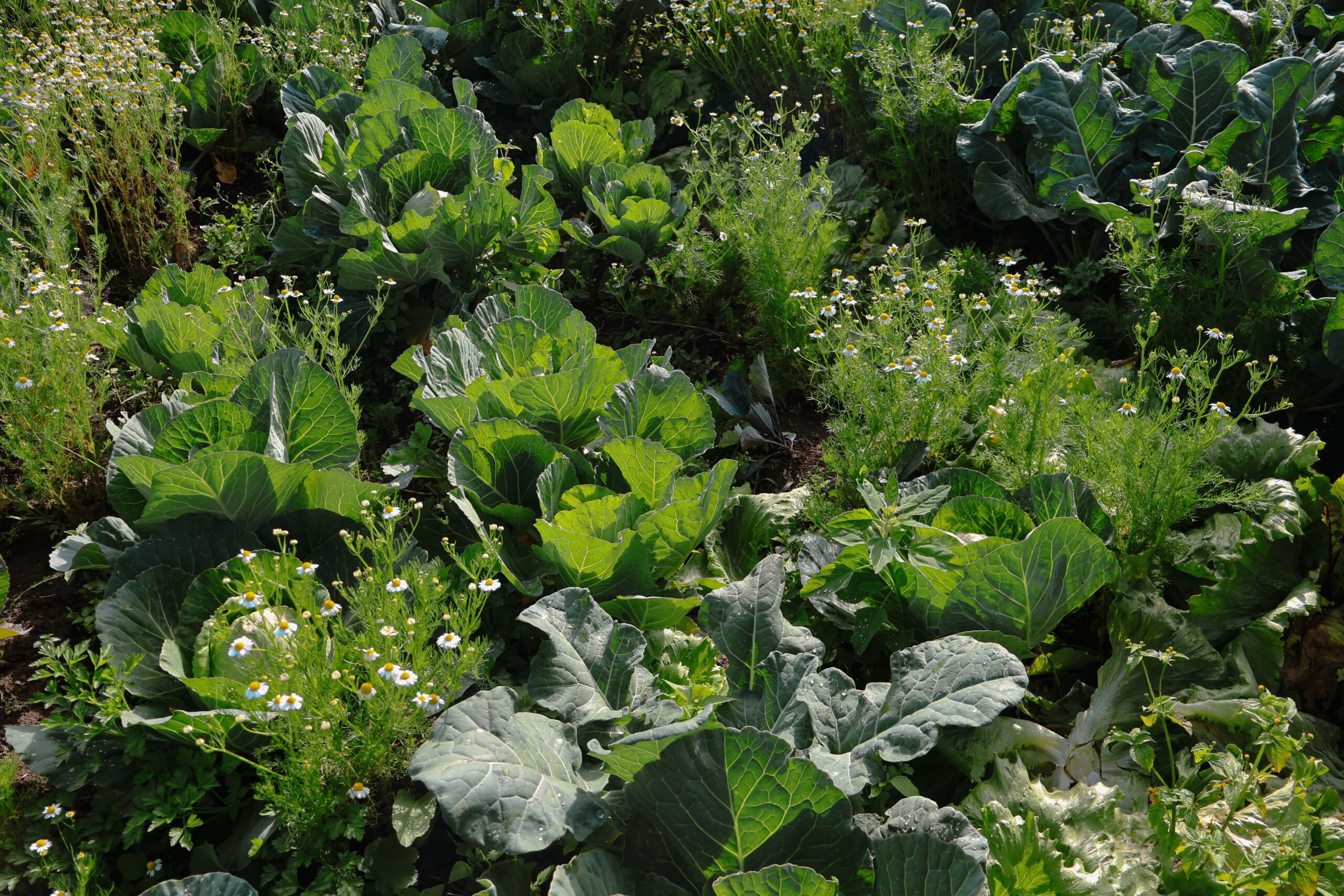
Why do we need a change in food systems?
The industrial model prioritizes high yields over long-term sustainability, creating crises that extend far beyond the farm. While the Green Revolution initially increased crop yields and reduced famine, it also became a major driver of climate change. Industrial agriculture accounts for nearly one-third of global greenhouse gas emissions, mainly from large-scale livestock production. The long-term costs of this model are catastrophic:
- Soil degradation: Decades of intensive monocropping and synthetic fertilizer use have eroded soil fertility, threatening future productivity.
- Water scarcity and pollution: Over-irrigation and chemical runoff have led to chronic water shortages and contaminated waterways.
- Chemical dependency: Heavy reliance on pesticides and fertilizers harms human health and weakens ecosystem resilience.
- Biodiversity loss: Simplified agricultural landscapes have resulted in significant declines in wildlife. For instance, a recent study found that “intensive farming is the main source of pressure linked to declining bird populations in Europe.” 20% of common bird species have disappeared in a generation, with 60% for species found in agricultural environments.
Although the Green Revolution started with good intentions and initially addressed the challenge of feeding a growing population, it is now fueling the very issues it tried to solve. With climate change increasingly menacing global food production, a systems shift is not a mere wish but an absolute necessity for humanity’s future.
What does an agroecological future look like?
“One of the biggest myths out there is that agroecology is a low-yield practice.”
-Anna Lappé, Global Alliance for the Future of Food Executive Director
Agroecology is the application of ecological principles to agriculture, creating food systems that are productive, resilient, and sustainable. It integrates scientific knowledge with traditional farming practices to improve soil health, biodiversity, and climate adaptation. Beyond farming, agroecology is also a movement that promotes food sovereignty and equitable food systems, connecting farmers, consumers, and policymakers.
Across our program areas, we see living examples of an agroecological future—one of beauty, balance, and abundance. Instead of endless, uniform fields, rows of flourishing vegetables mingle with wildflowers and trees. The trees offer shade that cools the legumes below, which in turn enrich the soil with nitrogen—a nutrient essential for soil health. Meanwhile, sheep graze and gently tread the land, naturally managing weeds, enhancing water infiltration, and aerating the soil.
This cycle mirrors nature’s own processes of regeneration. It’s a dynamic, self-sustaining ecosystem where every element contributes to improved soil health, robust biodiversity, and sustainable productivity. In agroecological farms, instead of disrupting this cycle, farmers support it and innovate alongside it.
Agroecology boasts several benefits for people and nature alike:
- Enhanced soil and ecosystem health: Abandoning chemicals allows soil to rebuild its structure and fertility. With improved water retention and biodiversity, crops grow more resilient, leading to better yields over time.
- Strengthened food sovereignty and community well-being: Localized production and consumption allow communities to access nutritious food while reducing dependence on volatile global supply chains. Farmers, in turn, enjoy better income stability and improved well-being.
- Empowered local decision-making: Emphasizing women’s leadership and community engagement, agroecology creates spaces where local voices shape food systems, nurturing resilient and inclusive economies.
But can this agroecological future, already flourishing in many parts of the Global South, meet the demands of Western countries?
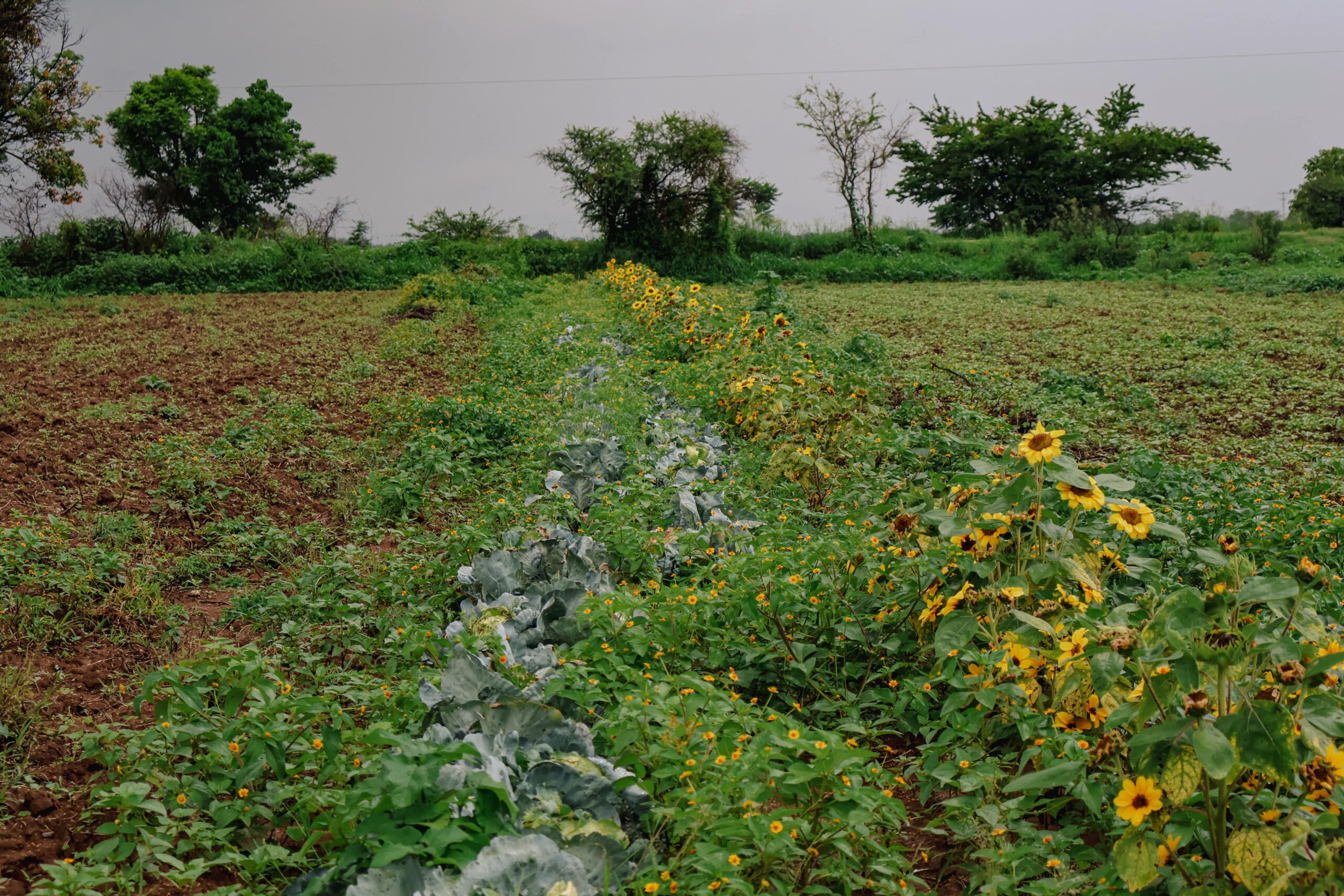
Can agroecology feed Western countries?
The TYFA (Ten Years for Agroecology) model offers a compelling answer. This research-based scenario developed by IDDRI (Institute for Sustainable Development and International Relations) charts a course for a fully agroecological Europe by 2050—a system capable of feeding 530 million people while restoring biodiversity, cutting greenhouse gas emissions, and eliminating harmful chemical inputs, all without sacrificing key exports. The model demonstrates that Europe can feed itself sustainably without relying on intensive agriculture or imports, mainly through:
- Integrating biodiversity: dedicating about 10% of farmland to ecological infrastructure such as hedgerows, ponds, and tree lines can restart natural processes like pest regulation and soil enrichment.
- Shifting diets: In Europe, high-protein diets contribute to significant competition between human food and animal feed. At least 71% of the EU’s farmland is dedicated to raising livestock. Transitioning to plant-based diets by reducing excessive meat consumption can alleviate the strain on land and resources while promoting better public health.
- Moving away from synthetic inputs: Eliminating synthetic fertilizers and pesticides, along with improved nitrogen management through crop diversification and livestock integration, could reduce agricultural emissions by up to 40% by 2050, restoring soil and water quality.
Read more about the TFYA findings
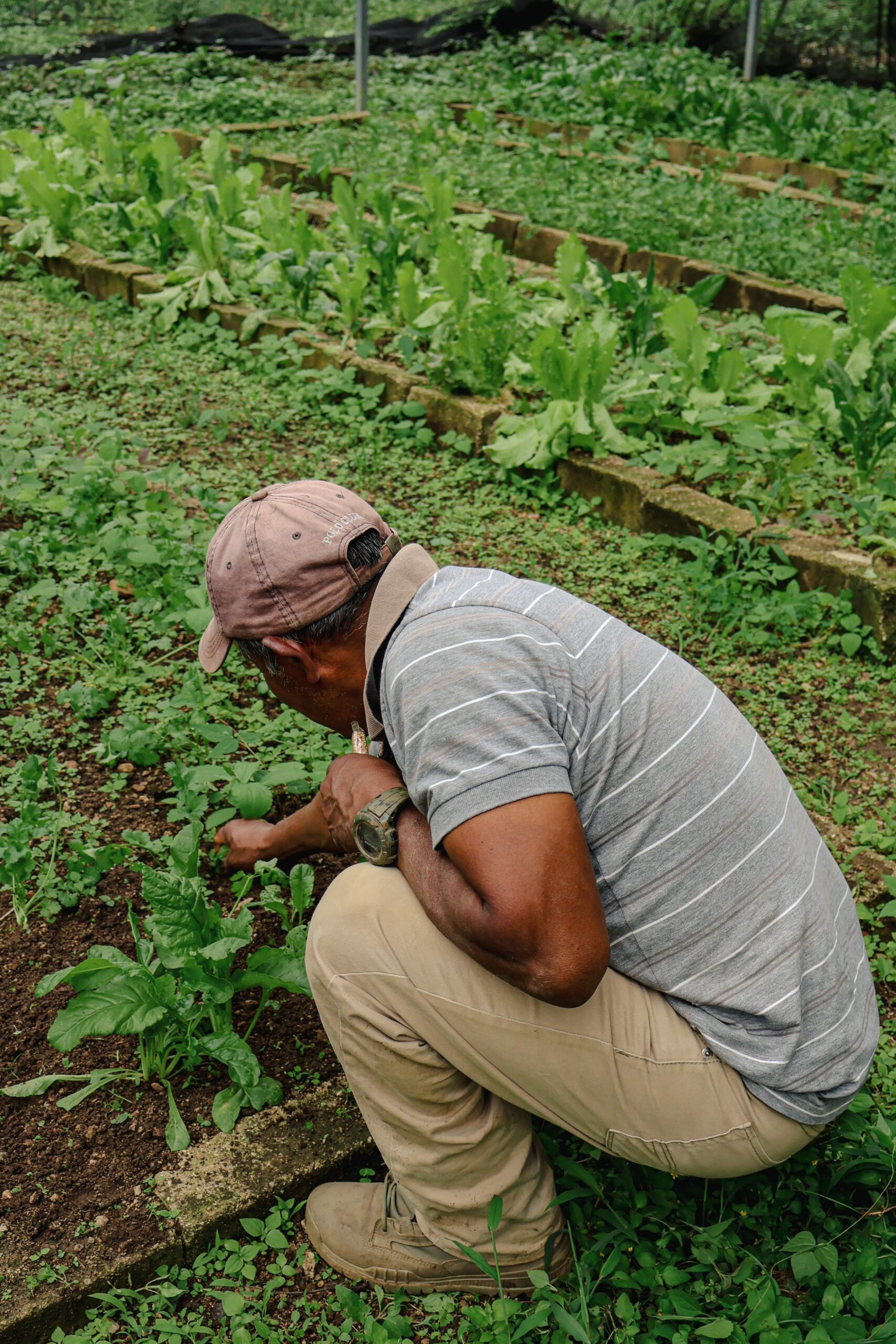
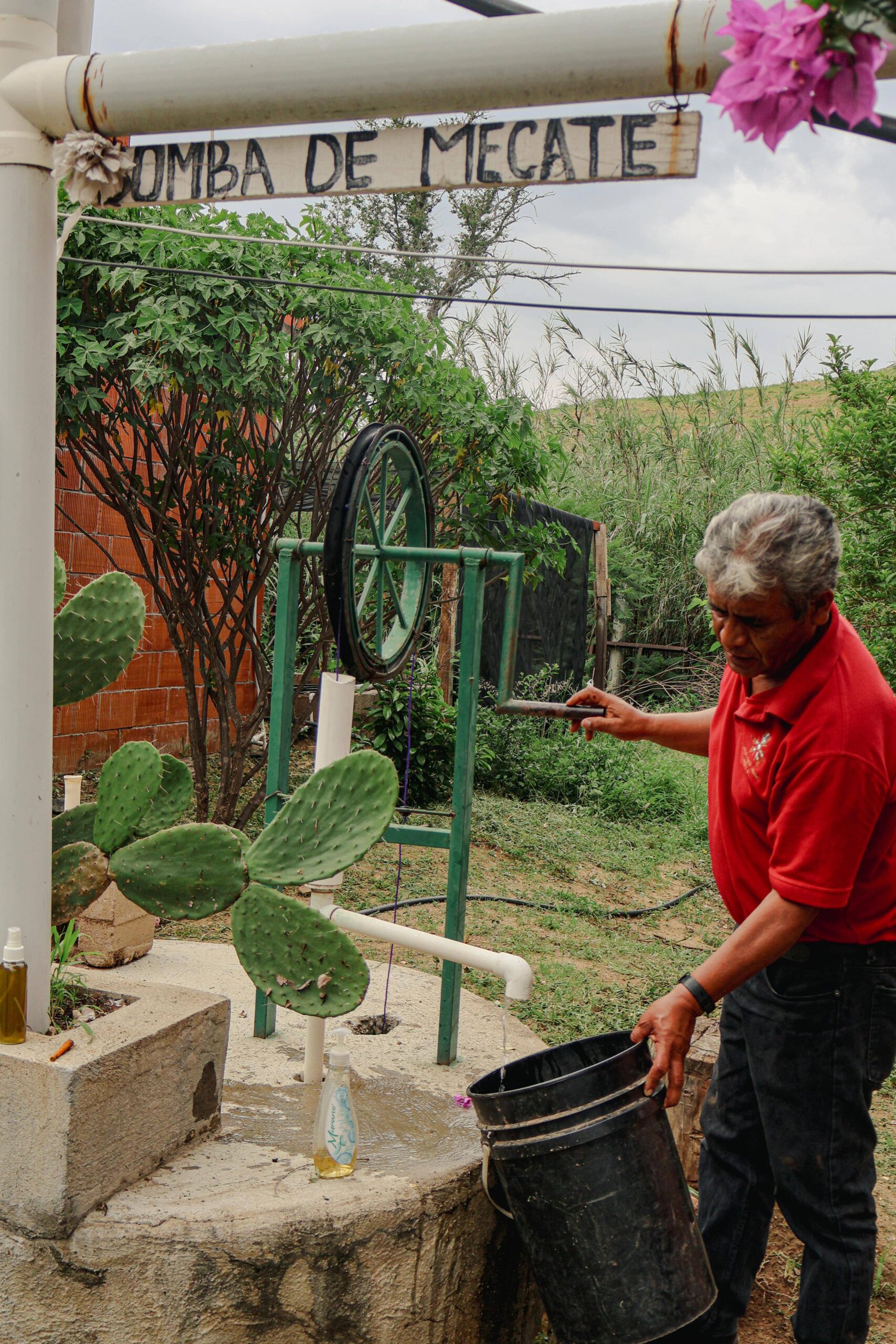
Can agroecology match industrial agriculture’s yields?
Critics argue that agroecology cannot match the productivity of industrial agriculture, but real-world evidence tells a different story. While the transition period may lead to an initial drop in yields, the long-term benefits—healthier soils, restored biodiversity, and improved water retention—often lead to a rebound and even higher productivity.
A 2008 UN study found that agroecological projects increased yields by 80% across 57 developing countries, with gains reaching 116% in Africa. In East Africa, farmers adopting agroecological methods saw yields rise by 128%. These results challenge the myth that industrial farming is the only way to ensure food security. Our book, Fertile Ground: Scaling Agroecology from the Ground Up, documents further case studies demonstrating that agroecology enhances productivity and resilience across diverse contexts.
But the real question isn’t whether agroecology can match industrial agriculture’s output—it’s whether we should be chasing ever-higher yields at all. The world already produces more than enough food to feed everyone, yet over 30% of it is wasted, while hunger and malnutrition persist. The problem isn’t production; it’s distribution, inequality, and unsustainable farming models that deplete resources for short-term gains. Scaling agroecology isn’t just about maintaining yields but shifting toward a food system that nourishes people while respecting natural resources for the long term.
“Eradicating world hunger requires increasing the access to food, not simply the production. Also, increasing the proportion of agriculture that uses sustainable, organic methods of farming is not a choice, it’s a necessity. We simply can’t continue to produce food far into the future without taking care of our soils, water and biodiversity.”
Claire Kremen, professor of environmental science, policy and management and co-director of the Berkeley Food Institute.

Why isn’t agroecology scaling faster in the Global North—and how can we overcome the barriers?
Despite its promise, agroecology’s broad adoption remains limited. Several factors hold it back:
1. Structural and Policy Barriers
Entrenched subsidies and corporate interests: Governments have long subsidized industrial agricultural practices. These subsidies and powerful agribusiness lobby groups create a market environment that favors large-scale monocultures over diversified, locally adapted systems (Global Witness, 2023). This institutional inertia makes shifting policy landscapes exceptionally challenging.
Limited institutional support and research investment: Agroecological practices remain underfunded and underdeveloped. Without robust research funding and dedicated support networks, farmers lack the technical guidance and proven models necessary for a successful transition.
2. Socio-Cultural and Educational Hurdles
Cultural inertia and knowledge gaps: Many farmers are trained in high-input techniques and may be reluctant to adopt unfamiliar methods. Additionally, the prevailing narrative equates modernity with industrial practices—cheap labor, fast growth—contrasting with agroecology’s knowledge and labor-intensive nature. Overcoming this mindset requires clear evidence and persuasive narratives that connect sustainable practices with tangible benefits.
Fragmented definitions and regional differences: Agroecology is interpreted differently around the world. While its core principles—biodiversity, soil health, and social equity—are universal, the lack of a unified framework can confuse policymakers and complicate scalable solutions. (IPES Food, 2019)
Cultural resistance: Agroecology thrives on collective ownership and community-led solutions, but dominant ideologies in Western countries emphasize individualism and private property. This can make systemic shifts harder to implement than in the Global South.
Overcoming the barriers to an agroecological future
Across our network, we are actively driving initiatives that break down barriers to agroecology while strengthening farmers’ autonomy. Through advocacy, direct support, and collaboration, we work with our allies, partners, and communities to shift policies, mobilize resources, and create enabling environments for sustainable food systems. We facilitate:
Shaping Policy and Financial Reform
- Redirecting subsidies: Our partners advocate for financial policies that move support away from industrial inputs and toward sustainable practices, ensuring agroecological initiatives have the necessary backing.
- Establishing supportive regulations: Through strategic partnerships and policy engagement, we push for frameworks that strengthen local food sovereignty and promote regenerative farming.
Expanding Research and Farmer-Led Learning
- Securing dedicated funding: Our network mobilizes resources to advance agroecological experimentation, farmer-to-farmer training, implementation, documentation, and dissemination. We focus on region-specific solutions that respect local soils, climates, and cultures.
- Scaling farmer training: We strengthen farmer learning exchanges to make agroecology more accessible.
Shifting Cultural Narratives and Strengthening Collaboration
- Amplifying success stories: We highlight real-world examples proving that agroecology works.
- Integrating traditional knowledge: We work with youth to safeguard indigenous wisdom and carry on practices that have withstood the test of time.
- Building inclusive governance: We bring together farmers, researchers, policymakers, and civil society to co-create policies and programs that are locally grounded and widely supported.
Through these coordinated efforts, our network and allies are actively shaping the transition toward agroecological, community-led food systems.
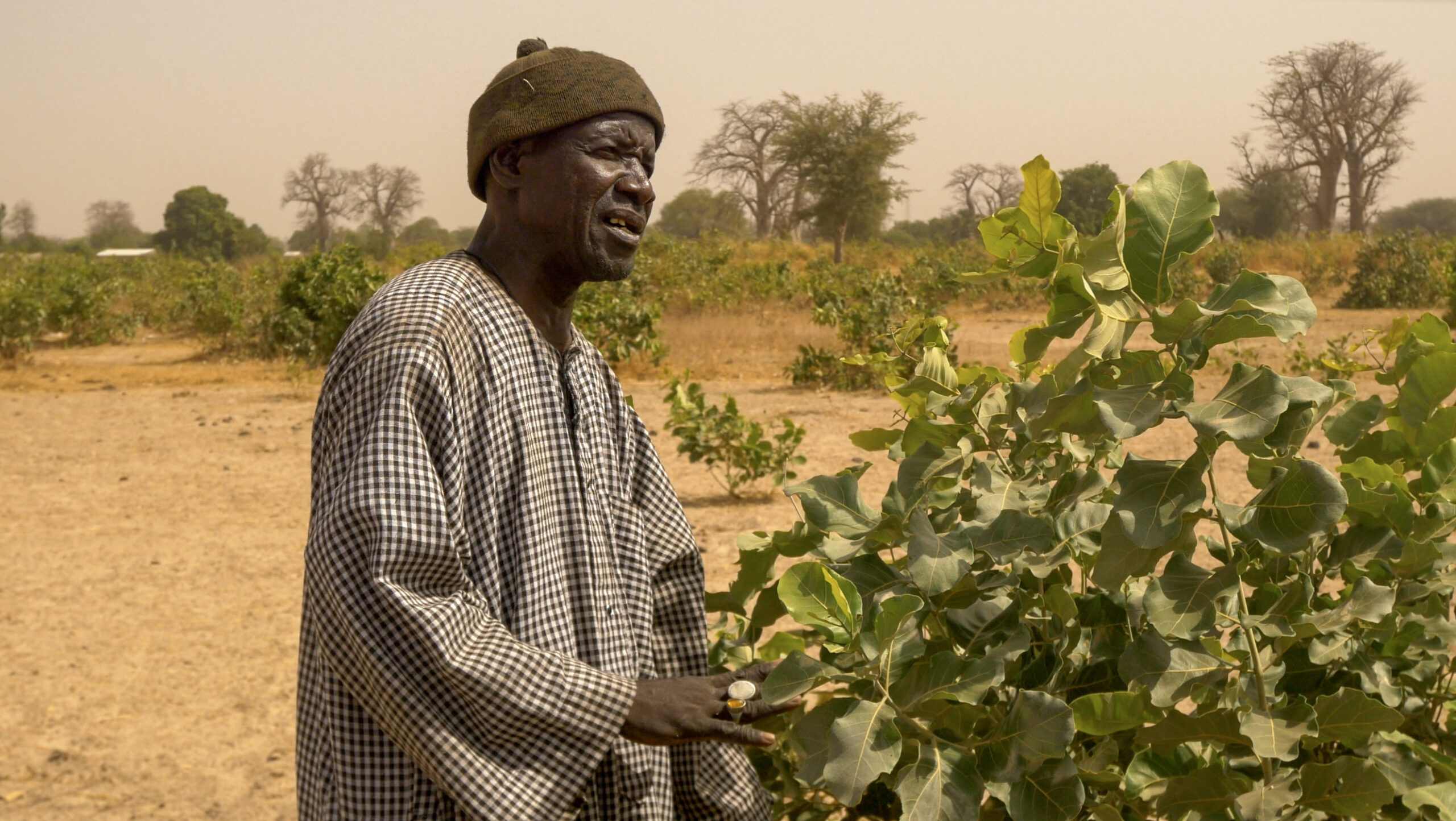
As we watch our systems crumble under extreme weather events, environmental stress, and oppressive policies, agroecology offers a way to rebuild and heal our food systems by focusing on sustainable growth. An agroecological future means returning to what truly sustains us: community, health, solidarity, and a way of life that respects people and nature.
I would like my children to eat food that doesn’t harm their bodies. I would like the fields around my home to reflect nature’s immense diversity, like the people I surround myself with. Like me, you might be wondering – what can we do to help in the quiet corners of our daily routines? Here are a few ideas:
- Sign petitions supporting agroecological policy shifts in Europe and beyond.
- Boycott corporations fueling the climate crisis.
- Volunteer on agroecological farms to support the movement firsthand.
- Talk about agroecology to your friends and peers.
- Donate to organizations supporting the transition.
Resources to go further
- Mongabay’s podcast on a global shift to agroecology: Can agroecology feed the world?
- Case studies of thriving agroecological farms in the Global North: Land of our Future
- Global case studies of successful agroecological transitions: Fertile Ground – Scaling Agroecology from the Ground Up

About the author
Maylis Moubarak
Maylis is Groundswell International’s Storytelling & Communications Manager. She’s lived in eight countries and worked for multinationals, startups, nonprofits, and social enterprises across four continents. Prior to joining Groundswell International in 2024, she spent over eight years working in editorial content, communications, marketing strategy, and international events in various industries. She’s passionate about crafting stories that bridge borders and inspire audiences to support meaningful projects.

